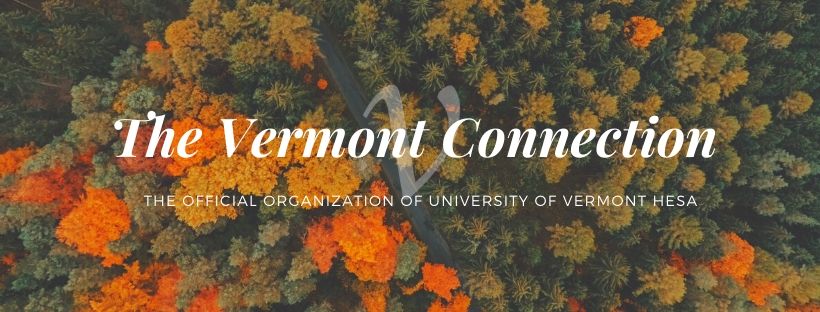
Abstract
Numerous university campuses have adopted the practice of restorative justice to address conduct, behavior, and conflict (Karp, 2013). Currently, restorative justice teachings and trainings implement programs that are committed to student learning and community develop-ment, but do not account for racial discourse. This article considers the concept of the Truth and Reconciliation Commission of 1995, restorative justice (Davis, 2003), and community teachings (hooks, 2013). Through a principled examination of the links between the reproduction of whiteness, colorblind approaches, and praxis, this reflection considers race as to not reproduce racism, but more importantly, to engage in anti-racist, social justice work. Finally, this reflection brings a further understanding of facilitation, narrative, and context within a higher education setting.
Recommended Citation
Blas Pedreal, M. L. (2014). Restorative Justice Programs in Higher Education. The Vermont Connection, 35(1). https://scholarworks.uvm.edu/tvc/vol35/iss1/5